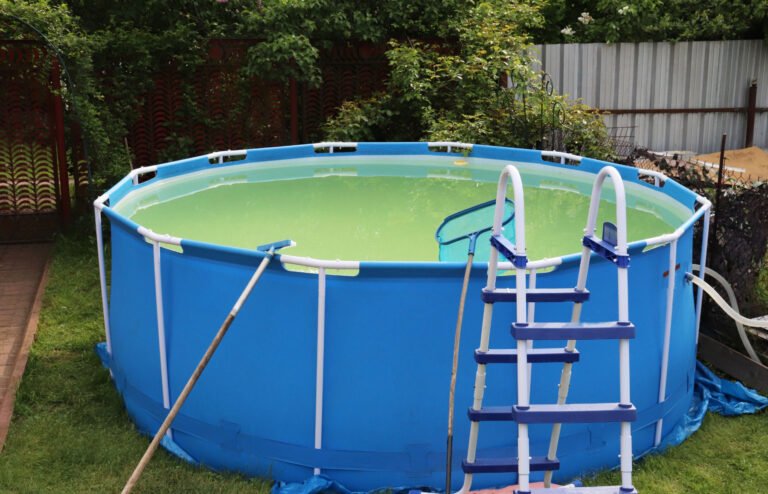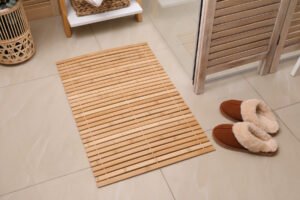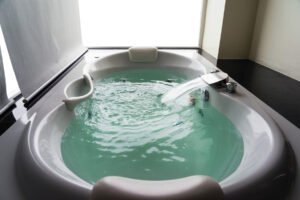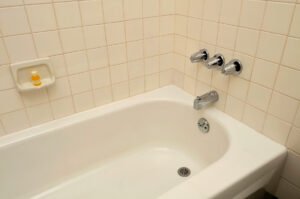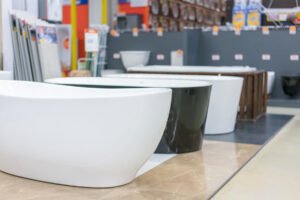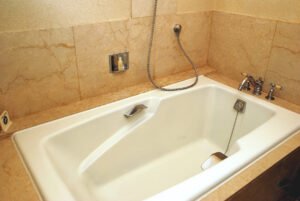Nothing beats the warmth of simply unwinding and soaking in hot water. It not only relaxes the body but improves blood circulation and keeps diseases at bay. However, the current land crisis and the low f.s.i force the builders to make bathrooms smaller, and a traditional bathtub might not fit the new bathroom size.
Besides, regular bathtubs may hike your bathroom remodel budget, as well. Considering it all, times like now ask for a smarter alternative. So, today I’m going to introduce you to the best bathtub alternatives that won’t deprive you of your leisure but curate a world of difference!
Why Should You Consider an Alternative to the Traditional Bathtub?
Traditional bathtubs have problems regarding space consumption, usability, design variants, and replacement. In addition, they are expensive and require continuous maintenance and cleaning to function well.
Bathtub alternatives are a one-stop solution to all these issues and upgrade your lifestyle with the benefits below.
- Manages Space Effectively: Bathtub alternatives occupy less space than standard homecare tubs and allow more room to install larger bathroom sinks, cabinets, or other accessories.
- A Broader Design Palette: Bathtub alternatives like a shower chair or inflated tub come in more designs, patterns, and shapes than any universal-sized, existing tub, whose layout doesn’t adapt to small bathrooms.
- Flexible Bathtub Materials: Bathtub alternatives are usually made in flexible, inflatable materials like PVC and Silicone that conform to the size of your bath and readjust as per the available space.
- Accessibility: A standard bathtub might seem difficult to access as you grow old and your muscles weaken. Hence, you can install a walk-in tub with a grab bar or pick comfortable bathtub chairs for the elderly.
- Low maintenance: Standard acrylic tubs or steel bathtubs need a lot of care to prevent chips, cracks, and corroding surfaces. In comparison, bathtub alternatives are much easier to maintain, and most of them can be deflated and left in the sun for easy drying and disinfection.
A List of Popular Bathtub Alternatives for Smarter Bathroom Remodeling
Though bathtub alternatives come in various shapes, sizes, materials, and modes of operation, each one has different usability and convenience. So, we explored the market and have listed the best ones for you, with their pros and cons, to help you choose better.
1. A Small Bathtub
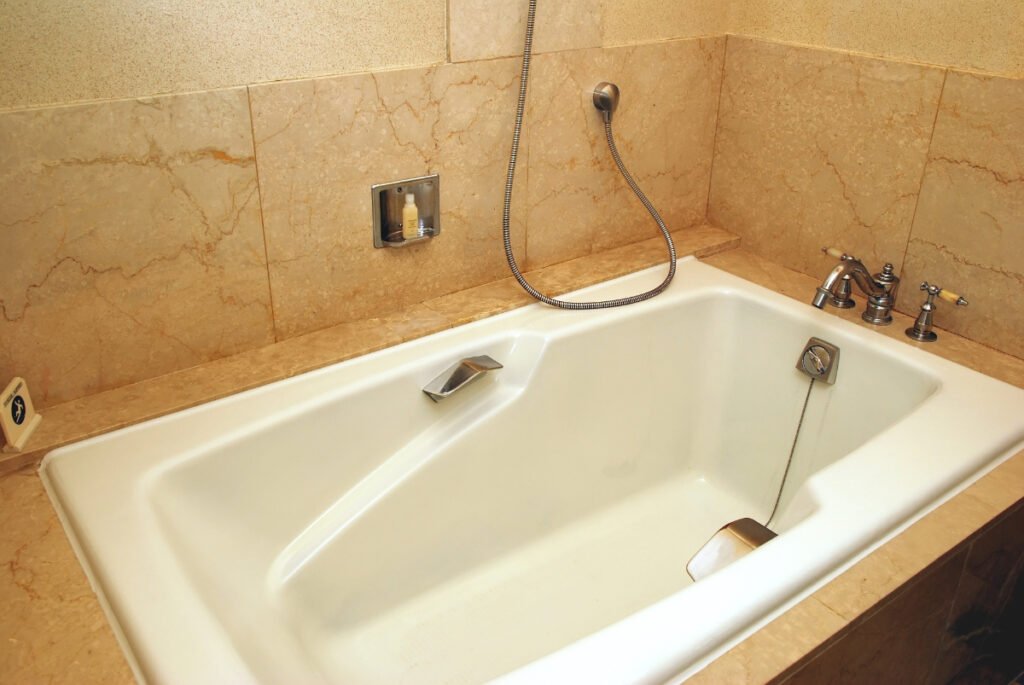
When to use: Install these in highly cramped bathrooms and powder rooms, or use them as pools for small children, pets, or even a baby bathtub.
Small bathtubs are freestanding or alcove-like tubs that fit in the corners or spillover places of small bathrooms and allow more space to install the rest of the accessories. These are made with conventional bathtub materials like fiberglass, porcelain enamel, and acrylic but are lightweight, easy to move, clean, and durable.
These might be a little more cramped than any standard or freestanding tub, but they still allow ample soaking space for one person at a time. Nonetheless, they are celebrated for their space-saving solutions and low costs at about $1500-2000 per piece, depending on the material used.
Why should you pick it?
- It saves space and fits well in most of the bathrooms.
- It uses less water in comparison and might save your water tax.
- It’s portable, and you can use it as a hot tub for your jacuzzi sessions.
- Needs less time and money for the bathtub liner installation.
Things to note:
- Long-legged or healthy individuals might not fit well and may be uncomfortable.
- You’ll not have the luxury and jets of a traditional bathtub.
2. A Sunken Bathtub
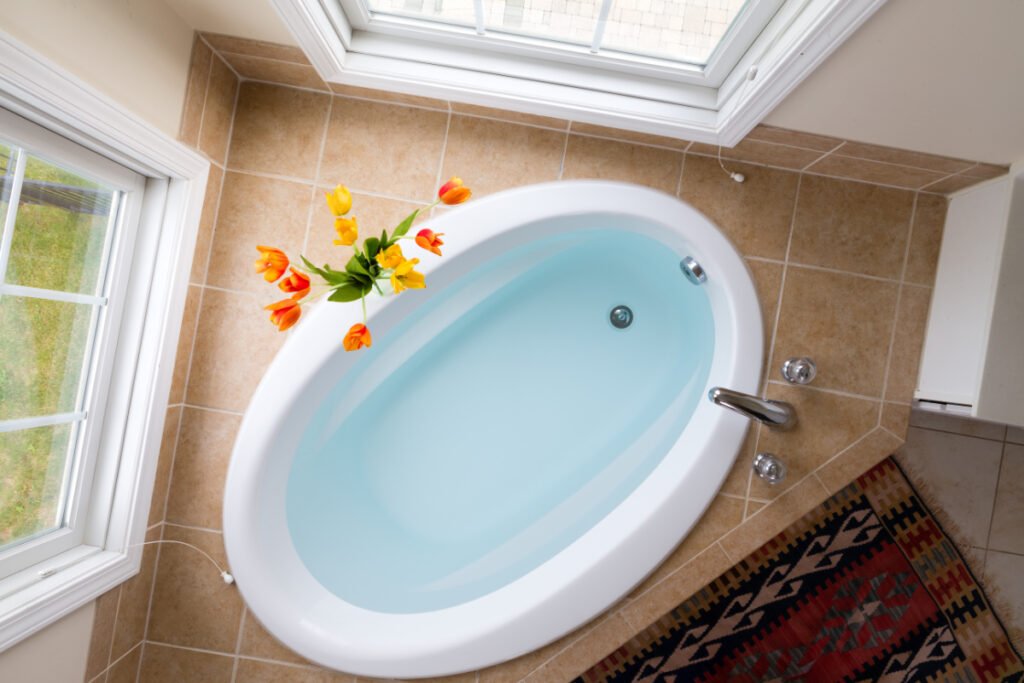
When to use: Pick them for bathrooms with larger floor space, plenty of wall accessories, and modern, industrial decor.
A sunken tub is directly flushed into the floor, thus saving space, reducing plumbing, and looking modern and luxurious. These tubs make a bathroom look elegant and allow room to install wall cabinets and sinks, but they need a deeper 300mm slab or crawlspace and might need some home renovations to fit well.
Nevertheless, they are the right tap to fit in oddly shaped corners and can be modified with various designs and finishes to suit your bath decor. Moreover, the plumbing lines for these tubs rise directly from the floor, saving you from all the hassle of complicated bathroom fixtures and making bathtub venting easier.
Why should you pick it?
- It doesn’t rub onto your bathroom walls and damage the paint or shower tiles.
- It doesn’t require any tub liner and reduces installation costs.
- It retains hot water and maintains optimal water temperature for a longer time.
- It is wider than small tubs and provides the correct bathing experience.
Things to note:
- It may not have an overflow drain and spill water onto the bathroom floor.
- Requires a denser slab and cannot fit into standard 100mm concrete slabs.
- Needs slight modifications to the existing vents and plumbing to work well.
3. Shower or Water jets
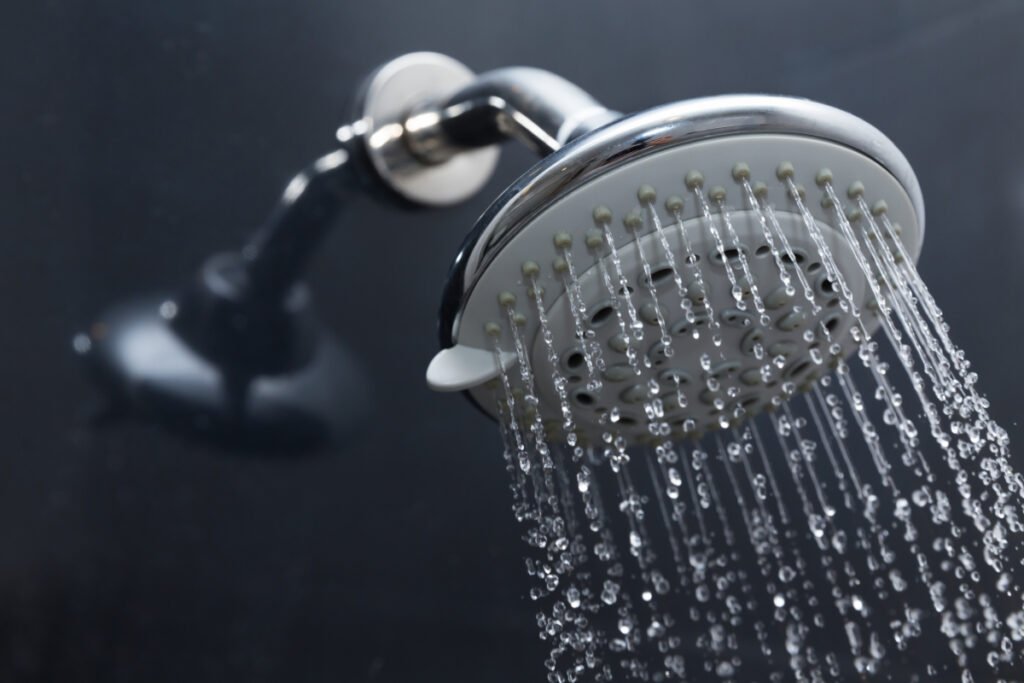
When to use: Install a shower in smaller bathrooms with a designated wet area, or use it over small tubs, spas, and jacuzzis.
A shower is a slender, space-efficient, and affordable plumbing fixture designed to give out water jets while maintaining optimal water aeration and pressure. Moreover, a shower is easy to install, maintain, and replace and just requires occasional cleaning with vinegar, soda, and water to unclog the holes and last longer.
And, if you already have a small tub, you can always add a shower on top to enjoy the benefits of a soaking tub in no time. You can even install a ceiling shower to curate more space for wall cabinets or use a gentler hand-held shower for a baby bath. Moreover, these come in various colors and finishes, guaranteeing a timeless look with any decor.
Why should you pick it?
- Easy to clean and does not weather off easily.
- Fits small apartments, bath cubicles, and oddly shaped bathrooms.
Things to note:
- It needs a designated wet area and a small curb that prevents water from running everywhere.
- It doesn’t give a soaking experience but lets out steam that warms the body.
4. A Shower Chair or Bench
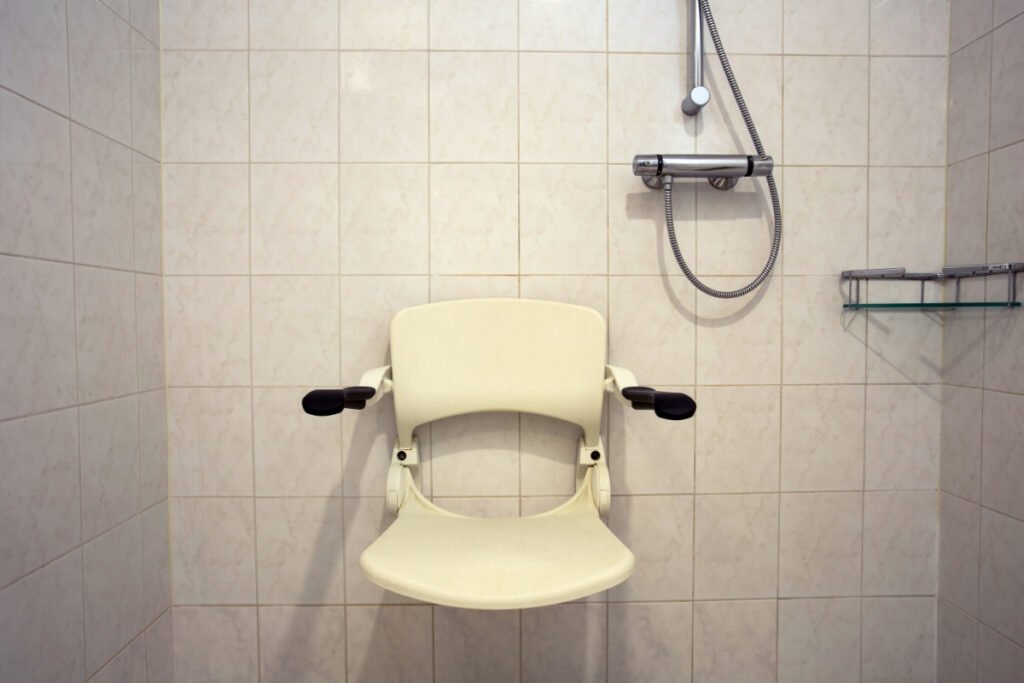
When to use: Choose shower chairs in the bath cubicles for the elderly, specially abled to make bathing easier for small children and injured people.
Shower chairs are highly adjustable teak, stone, plastic, or metal chairs that allow people to sit and clean without installing walk-in bathtubs separately. Obviously, you’ll need a bathtub faucet or shower to direct water toward the chair, but you can always relocate the chair near the shower when you have to use it.
Shower chairs are lightweight, portable, and come in various colors, materials, and finishes. They help make bathing easier and provide utmost comfort with no risk of falling.
You can also install a wider bathroom bench and add whirlpool jets from the wall if you want a near-to-soaking experience without installing an actual bathtub.
Why should you pick it?
- Makes it easy to clean the bathroom tiles and floors.
- Can be disinfected by leaving it to dry outside and doesn’t need bleaching.
- It eliminates bending and makes bathing easier and more comfortable.
Things to note:
- It needs to dry after every use or might get attacked by molds and fungi.
- Can not be placed inside an existing freestanding tub or clawfoot tub.
5. Portable Bathtub
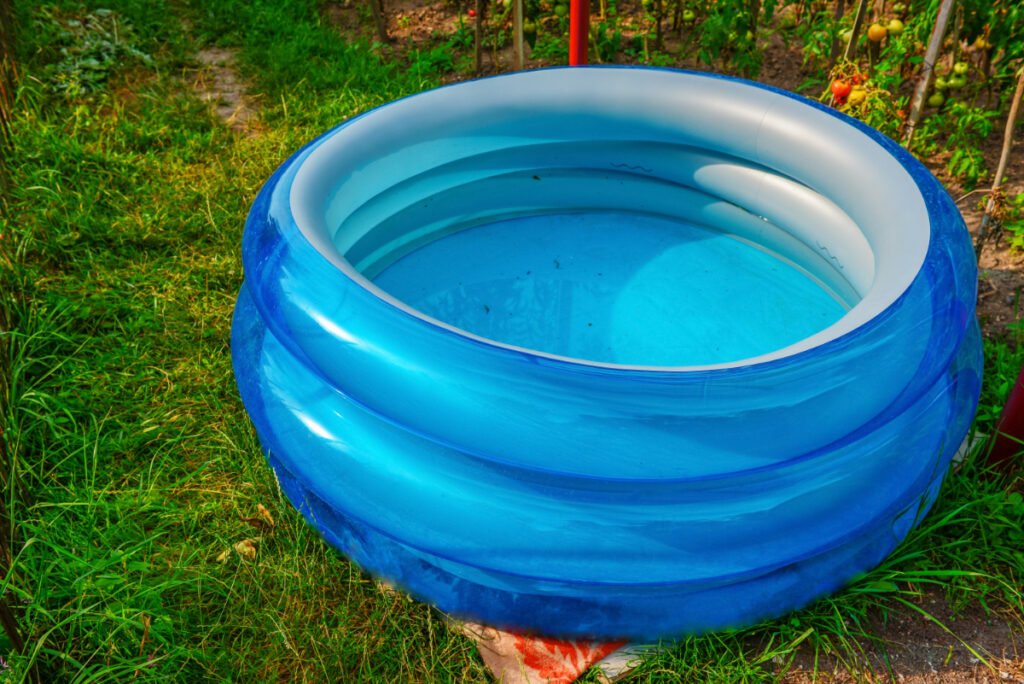
When to use: Ideal for kids’ use, outdoor and picnic parties, and oddly cornered bathrooms.
Portable bathtubs are inflatable vinyl, plastic, or silicone tubs that aren’t really practical for tall and healthy people but might provide a mini-soaking experience for kids and shorter people. Plus, they are lightweight and can be reconciled during bathroom or bathtub cleaning or maintenance work.
However, they do not support any plumbing fixtures such as water jets or showers and are more like cheaper solutions to deeper soaking tubs. Moreover, you’ll need to regularly disinfect them with Epsom salt and water to eliminate the scum, debris, and molds that might deteriorate the bathtub’s material.
Why should you pick it?
- You can use it indoors and outdoors, in small bathrooms and tinier cubicles.
- They cost less than $100 and can be easily repaired or replaced.
- It provides a mini-soaking experience for those who fit.
Things to note:
- It cannot support plumbing fixtures but needs a faucet or source of water nearby.
- Might be uncomfortable for adults and taller people.
- They have a temporary and unfinished look that might disrupt your bathroom decor.
6. Freestanding Tub
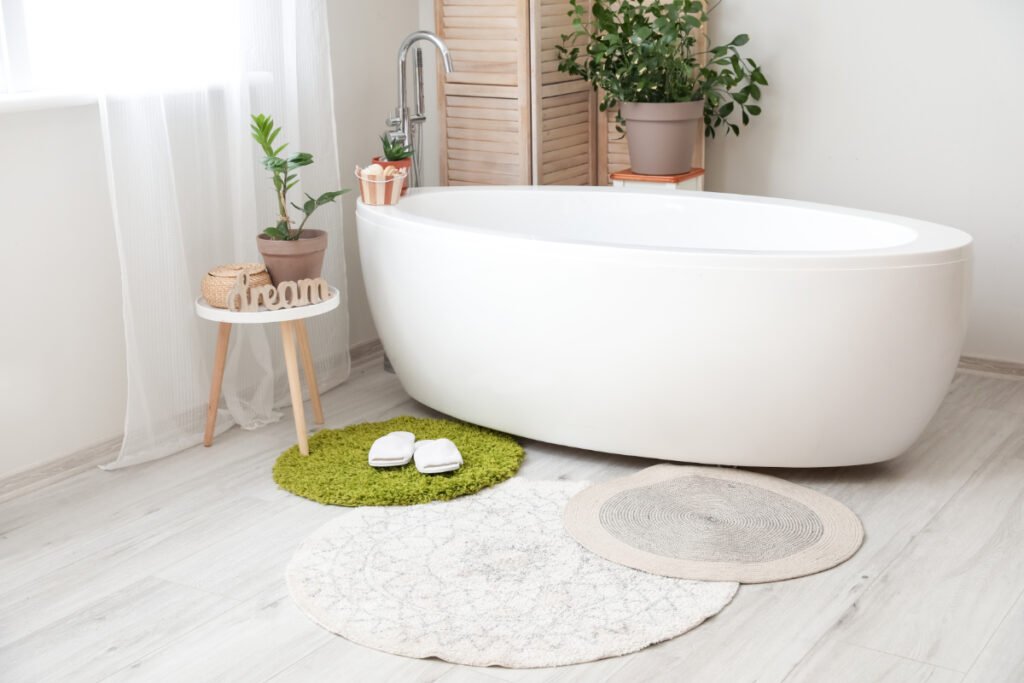
When to use: Pick them when you have smaller bathrooms but have huge spillover places that can hold a tub in the center.
You can place freestanding tubs anywhere – on your bathroom deck, in the center of the wet area, or even in the bathroom lobby. They do not require huge, accessory-free walls for installation, nor a huge amount of space like rectangular bathrooms. In fact, they take water connections from the floor and are a smart way to use odd corners.
A freestanding tub is a polished acrylic bathtub with a dual coating that retains hot water and maintains optimal water temperature for a long time. Moreover, they are non-toxic and can hold jets and other accessories for a good soaking experience. These tubs are extremely affordable and durable, and they are the best alternative to your traditional bathtub.
Why should you buy it?
- Pocket-friendly and costs about $1000-2000 based on the size and material.
- Doesn’t need much maintenance and is easy to repair.
- Doesn’t have any exposed plumbing pipes that disturb your decor.
- It does not require wall supports and can fit into irregular corners and niches.
- Retains hot water for a long time and saves energy.
Things to note:
- It is slightly brittle and might chip off if hard substances fall on it.
- It needs floor-mounted or freestanding taps that make plumbing difficult.
- Its enamel coat wears off quickly, and it might start looking yellowish if not cleaned regularly.
7. Jacuzzi
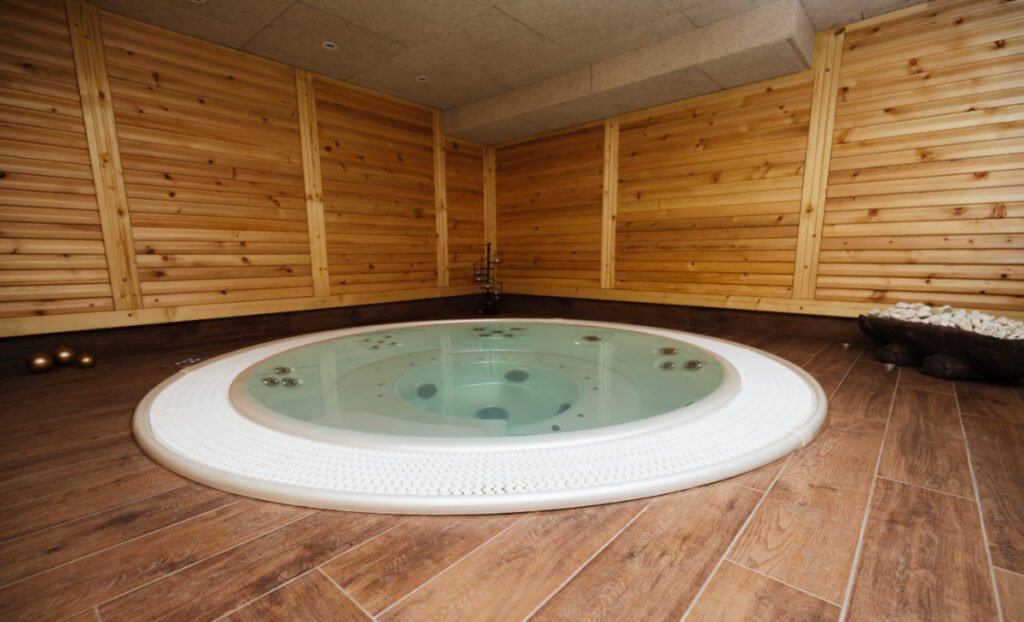
When to use: Use them for soaking and relaxation in cramped-up spaces, bath cubicles, and even outdoor spaces.
A jacuzzi is a small porcelain, enamel, or cast iron tub that circulates water flow via a heated seat. It is an excellent alternative to traditional soaking tubs. Jacuzzis eject heated jets of water like a whirlpool tub, while their slight perforations prevent heat loss and destress the body and the muscles.
However, jacuzzis are expensive and may cost about $6000-7000 for a complete installation. Moreover, they have a jet-controlling motor that needs frequent repairs, oiling, and cleaning, which might elevate your maintenance costs.
Why should you install it?
- It provides a good soaking experience, just like a standard bathtub, and destresses the body.
- Maintains uniform heat and optimal temperature throughout.
- Can be used both indoors and outdoors.
Things to note:
- Expensive to install, maintain, and repair.
- The jets turn noisy with time and might sound disturbing.
8. Walk-in tubs
When to use: Use them for oddly shaped corners and the elderly.
Walk-in tubs are compact, accessible tubs with a door that opens at tile level and allows the user to step in without bending. It also creates a tight water seal and retains water when closed.
These tubs are ergonomic, minimize the risk of falling, and surprisingly, hold more water than a traditional tub, making them perfect for soaking.
However, they are expensive to install, about $10,000 per piece, and may require professional help to clean, repair, and maintain frequently. Additionally, walk-in tubs need wall supports and a tub liner to strengthen the tub edges, and here, you can also install a grab bar or support chain to make movement easier.
Why should you install it?
- Provides universal access and ease of usability.
- It provides a soaking experience that’s similar to any conventional tub.
Things to note:
- Expensive to install and maintain.
- It might damage your bathroom wall paint and make shower tiles dirty.
- Needs additional supporting fixtures like grab bars and chains for the elderly.
9. Japanese Soaking Tubs
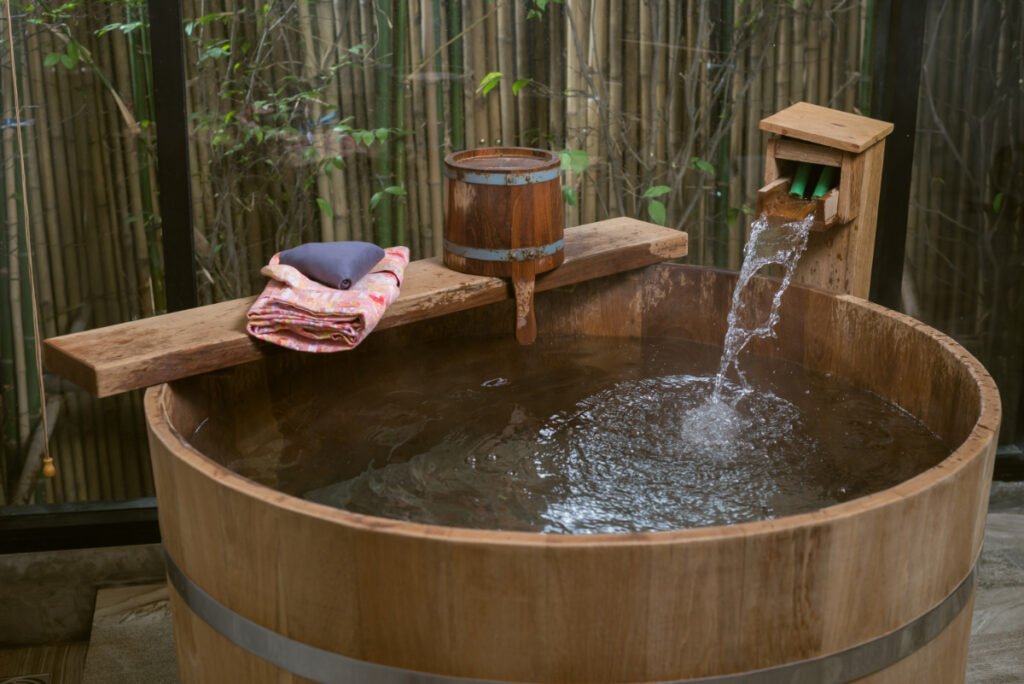
When to use: Install them in compact bathrooms, curvilinear bath cubicles, and even on lawns and decks.
Japanese soaking tubs are smaller but deeper, cylindrical tubs of steel, porcelain, acrylic, or even copper that provide a good soaking experience for one person at a time. These are freestanding tubs, more like an indoor version of hot spring baths, that curate simple decors in Japandi, Scandinavian or Bohemian style.
Why should you install them?
- These are freestanding and don’t need additional wall support for installation.
- Ergonomic and extremely comfortable for single-person use.
- Available in a variety of materials, textures, and finishes.
- Easy to clean, install and maintain.
Things to note:
- Could hike costs if constructed with high-quality metals or copper.
- Need additional space for the benches or steps for accessing the tub.
- Does not retain heat for a longer time.
Tips for Picking the Suitable Bathtub Alternative
- Analyze the bathroom type, decor, and space available and choose one that doesn’t overcrowd the space.
- Check if you have the floor space to install freestanding faucets or pick portable ones that can be moved near one.
- Do not compensate for the decor. Instead, choose polished metal or high-gloss finishes for a modern ambiance, and pick weathered styles for a vintage feel.
- Select jetted alternatives like jacuzzis, hot tubs, or whirlpool tubs if you do not want to miss soaking but need a cost-effective option.
How to Enjoy Soaking without actually Installing a Bathtub?
Bathtubs aren’t necessary to enjoy soaking these days. You can even use alternatives like jacuzzis, portable tubs, Japanese soaking tubs, or walk-in tubs to enjoy soaking cost-effectively.
Does Replacing a Bathtub With a Shower Devalue the Home?
Yes, most families in the U.S might want a bathtub in the house, and ultimately replacing the tub with a shower jet might devalue the home. Instead, you could install walk-in showers or add a shower jet to the tub for a high resale value.
How Much Does it Cost to Convert a Tub to a Walk-In Shower?
Apart from the conventional conversion charges of $1000-3000, you’ll have to pay an additional price to install shower stalls, custom-design shower cubicles, or high-quality shower heads. Depending on the design and material, these typically cost around $3000-7000.
Which is the Cheapest Bathtub Alternative?
Shower chairs or benches are the cheapest bathtub alternatives and will cost about $50-150, depending on the size, design, and material. Generally, PVC or plastic chairs are more affordable, while durable wood, marble, or stone chairs are more expensive.
Which is the Best Bathtub Alternative for a Compact Bathroom?
You can use smaller tubs, sunken tubs, jacuzzis, showers, or portable tubs in small, oddly-shaped bathrooms. These not only require less space for installation but can adjust with uneven walls and floors, providing more room for other bathroom accessories.
Bathtubs are undoubtedly the show’s star for soaking and destressing. Still, different bathtub alternatives like jacuzzis and spas provide a much better experience when you are short of space and money.
However, most of them cannot support plumbing fixtures, faucets, and drain stoppers and need wall-mounted or freestanding alternatives for drainage! If you want to know more about drain stoppers, I’ve a details list of different types of drain stoppers to know the answer.

